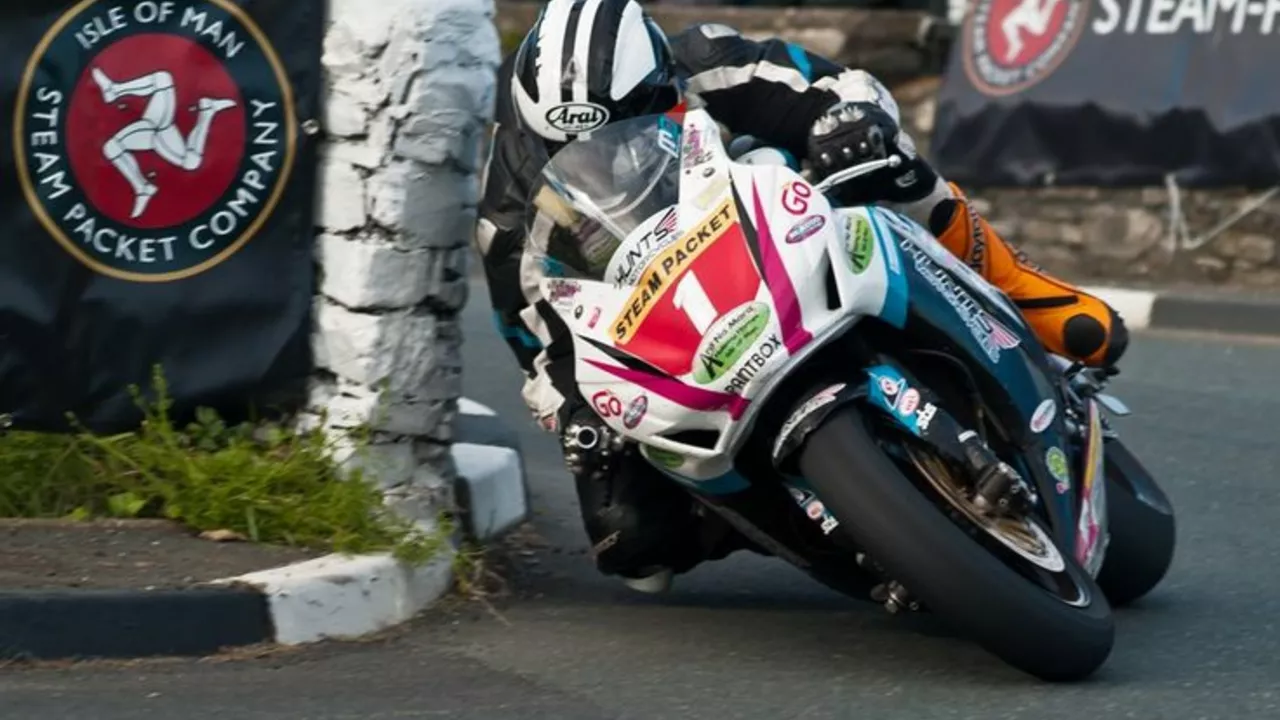Used Bikes: How to Choose, Inspect, and Ride with Confidence
Thinking about getting a bike without paying full price? A used motorcycle can give you the thrill of the road and a sensible price tag, but only if you know what to look for. Below are the key steps that will keep you from buying a lemon and help you enjoy the ride from day one.
Where to Start Your Search
First, decide what kind of bike fits your style – sport, cruiser, adventure or commuter. Once you have a model in mind, check local classifieds, dealer lots, and online marketplaces. Don’t ignore community boards or club meet‑ups; owners often sell their bikes there to avoid dealer fees. Aim for listings that include clear photos, mileage, service records, and a short history of the bike.
Inspection Checklist – Spot the Red Flags
When you meet the seller, bring a friend who knows bikes or a trusted mechanic. Here’s a quick walk‑through:
- Frame and chassis: Look for cracks, rust, or any welding that looks sloppy. A straight, clean frame is a good sign.
- Engine health: Check oil level, colour, and smell. Listen for odd knocks or rattles when you start it up.
- Suspension and brakes: Push the bike down; the suspension should compress smoothly. Test the brakes for firm, even stopping power.
- Electricals: Turn on the lights, indicators, and start the bike. All electronics should work without flickering.
- Tires: Inspect tread depth and sidewalls for cuts or bulges. Even worn tires indicate regular maintenance.
If anything feels off, ask for a test ride. During the ride, pay attention to how the bike accelerates, shifts, and handles corners. Any hesitation or vibration may point to deeper issues.
Don’t forget to ask the seller for service logs. A bike with regular oil changes, chain adjustments, and tyre rotations is likely to be in better shape. If the paperwork is missing, be ready to negotiate a lower price or walk away.
Negotiating the Price
Use your inspection findings as bargaining chips. Minor flaws like worn brake pads or a few dents can easily drop the asking price by a few hundred pounds. Also, check the bike’s market value on pricing guides – knowing the average price for that make, model, and year gives you solid ground to negotiate.
Remember to factor in extra costs: insurance, a new registration, and any immediate maintenance you’ll need to do. Adding these to the final offer prevents surprise expenses later.
After the Purchase – Keep Your Bike Happy
Once you’ve sealed the deal, give the bike a thorough service before you hit the road. Change the oil, replace the filter, and check the chain tension. A quick professional tune‑up can catch hidden wear and extend the bike’s life.
Regular maintenance is the cornerstone of a reliable used bike. Follow the manufacturer’s service intervals, keep the bike clean, and store it under cover to avoid weather damage. Small habits like checking tyre pressure every week and cleaning the air filter each month go a long way.
Finally, ride safe. Wear proper gear, obey speed limits, and always do a quick pre‑ride check – lights, brakes, and mirrors. With a well‑chosen and well‑maintained used bike, you’ll enjoy the freedom of the road without the new‑bike price tag.

The Isle of Man TT is a fascinating event where a variety of motorcycles are used. Predominantly, these are high-performance bikes from manufacturers like Honda, BMW, Suzuki, and Yamaha, which have been specially modified for racing. Riders often use different bikes for different categories, such as Superbikes for the main event and Supersport or Lightweight bikes for others. It's also interesting to see the classic bikes in the Classic TT races. It's a thrilling spectacle of speed, skill, and engineering prowess.
Read More